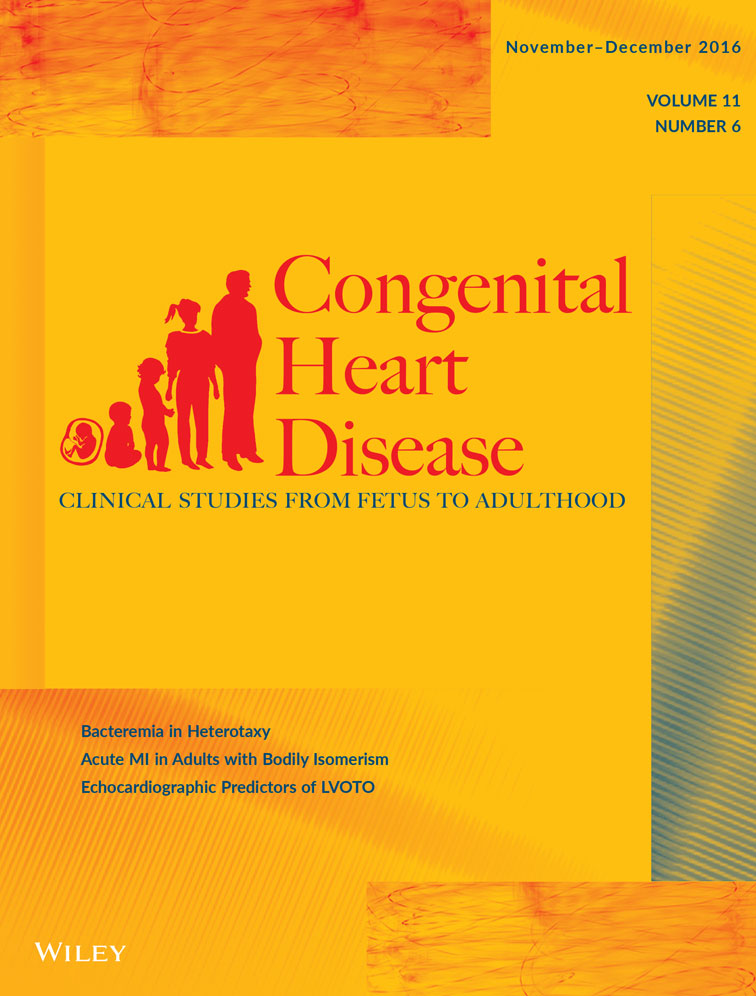Catheter-measured Hemodynamics of Adult Fontan Circulation: Associations with Adverse Event and End-organ Dysfunctions
The authors take responsibility for all aspects of the reliability and freedom from bias of the data presented and their discussed interpretation.
Conflict of interest: The authors report no relationships with industry or ones that could be construed as a conflict of interest.
Abstract
Background
In heart failure, a high systemic vascular resistance index (SVRI), high central venous pressure (CVP), and low cardiac index (CI) predict poor outcomes. Conversely, late hemodynamic manifestations of failing Fontan circulation and associations with end-organ dysfunction are not well understood.
Methods
A retrospective review of right-heart catheterization data of adult Fontan patients between 2002 and 2014 was conducted. Relationships between hemodynamic variables and serious adverse events (death or heart transplant) were examined using the Cox proportional hazard analysis. Correlations between the hemodynamic measurements and signs of end-organ dysfunction (MELD-XI, Child-Pugh, VAST score, estimated glomerular filtration rate [eGFR]) were analyzed.
Results
Sixty post-Fontan patients (85% systemic left ventricle, 40% atriopulmonary Fontan, mean age of 28 years, and mean time since Fontan operation of 21.9 years) were included. At baseline, those with an event were statistically younger, had lower transcutaneous oxygen saturations, were more likely to have an atriopulmonary Fontan, and were more likely to have a pacemaker. Eighteen experienced a cardiovascularly significant event. Using univariate analysis to compare the event and nonevent groups, mean CI was 2.8 ± 0.9 vs. 2.4 ± 0.5 L/min/m2 (P = .004), and CVP was 18.6 ± 6.5 vs. 16.1 ± 4.3 mmHg (P = .03). However, the statistical significances did not persist in the multivariate model. Higher CVP and pulmonary capillary wedge pressure (PCWP) were associated with higher MELD-XI and Child-Pugh scores, and the VAST score was only associated with PCWP.
Conclusions
Symptomatic adult Fontan patients who experienced an event manifested with a higher CI and CVP, although the multivariate Cox proportional hazard analysis did not yield any significant associations. The presences of hepatic dysfunction and portal venous outflow obstruction were associated with a higher CVP and PCWP. Renal dysfunction was prevalent but no statistically significant association between the hemodynamic measurements was identified, although trends toward a higher CVP and transpulmonary gradient were identified.




